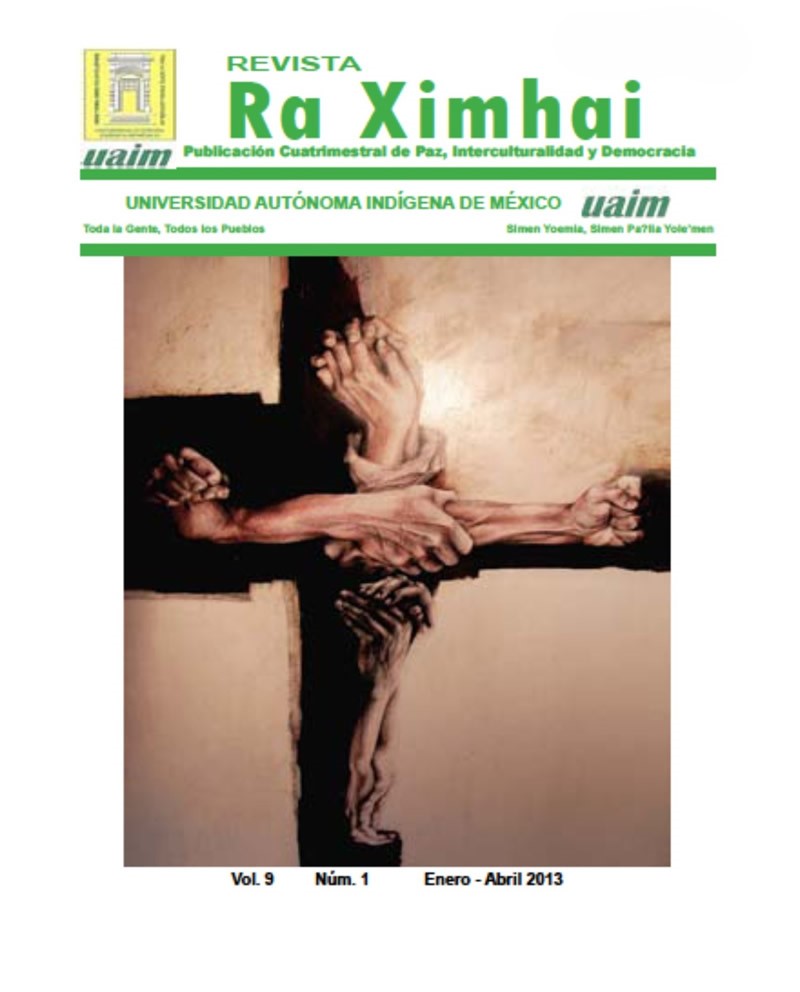Diagnosis of the Use of Wildlife in the Flora and Fauna Protection Area “Usumacinta Canyon”, Tenosique, Tabasco
DOI:
https://doi.org/10.35197/rx.09.01.e.2013.01.ahKeywords:
Wildlife, hunding, use of wildlife, commerceAbstract
The use of wildlife is described in 7 locations on the Redención del Campesino-San Francisco route within the Usumacinta Canyon Flora and Fauna Protection Area, located in Tenosique, Tabasco. The work offers information on the traditions of wildlife use by local residents and the way of understanding the activity in the region. The cultural valuation of wildlife is described, identifying and quantifying the recognized and used species; the modalities and pressure of use on some species; capture arts, characterizing the profile of hunters. A total of 26 species of fauna were recorded (12 mammals, 12 birds and 2 reptiles); mammals were the most recognized and used by the inhabitants, in second order birds. The use of fauna in these communities is closely related to knowledge and tradition. The most frequent uses were detected: food, pets and in the background, artisanal and medicinal uses. Hunters use dogs, firearms and other tools such as machetes, traps and slingshots to obtain them. The main motivation of hunters is subsistence, an exclusively male activity, in groups and occasionally individually.
Downloads
References
Cervantes, F., G. Matamoros & I. Martínez. 1995. Mamíferos Silvestres de la unidad de evaluación y monitoreo de la biodiversidad “Ing. Luis Macías Arellano”, San Cayetano, Estado de México. Anales del Instituto de Biología UNAM, Serie Zoología, 66:233-239.
Diario Oficial de la Federación (DOF), 2008.
McNeely, J.A. 1988. Economics and biological diversity. UICN, Gland, Suiza. 236 pp.
Ojasti J., y F. Dallmeier (editor). 2000. Manejo de FaunaSilvestreNeotropical. SI/MAB Series # 5.
Smithsonian Institution/MAB Biodiversity Program, Washington D.C.
Peña, A., D. Smith & C. Echegaray. 1998. Conservación. Pp 183–210. In: La diversidad biológica de México. CONABIO, México, D.F
Pineda, R. 1987. El método etnográfico, un enfoquecualitativo de investigación social. En: Texto ycontexto. No. 11. Universidad Nacional deColombia. Pp 97-108.
Schuerholz, G. y G. Mann. 1979. Proposición para la administración y el manejo de los recursos de vida Silvestre en Chile. FAO DP/CHI/76/003, Santiago, Chile. 63 pp.
UNEP. 1993. Guidelines for country studies on biological diversity. United Nations Environment Programme, Nairobi. 97 pp.
Usher, M.D., ed. 1986. Wildlife conservation education. Chapmann and Hall, London. 394 pp. Wing, L.W. 1951. Practice of wildlife conservation. John Wiley & Sons, New York. 421 pp.
Downloads
Published
How to Cite
Issue
Section
License
Copyright (c) 2013 Alfredo Hernández López, Eduardo López Alamilla, Ana Rodríguez Ramírez, Victoria Aquino Bravata

This work is licensed under a Creative Commons Attribution-NonCommercial 4.0 International License.
Usted es libre de:
- Compartir — copiar y redistribuir el material en cualquier medio o formato
- Adaptar — remezclar, transformar y construir a partir del material
- La licenciante no puede revocar estas libertades en tanto usted siga los términos de la licencia
Bajo los siguientes términos:
- Atribución — Usted debe dar crédito de manera adecuada , brindar un enlace a la licencia, e indicar si se han realizado cambios . Puede hacerlo en cualquier forma razonable, pero no de forma tal que sugiera que usted o su uso tienen el apoyo de la licenciante.
- NoComercial — Usted no puede hacer uso del material con propósitos comerciales .
- No hay restricciones adicionales — No puede aplicar términos legales ni medidas tecnológicas que restrinjan legalmente a otras a hacer cualquier uso permitido por la licencia.








